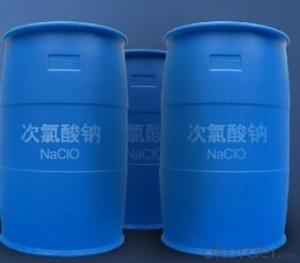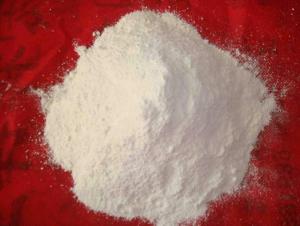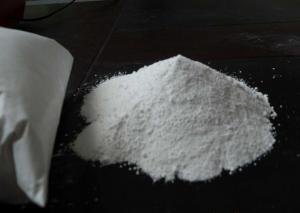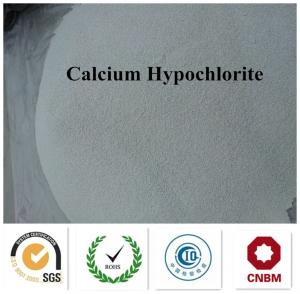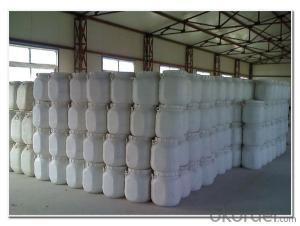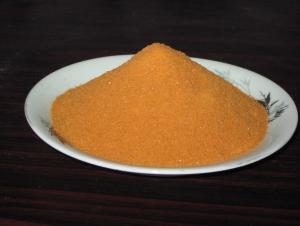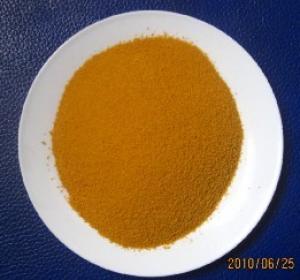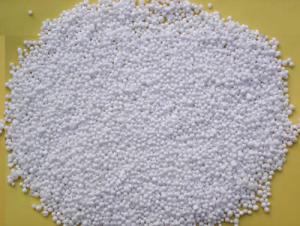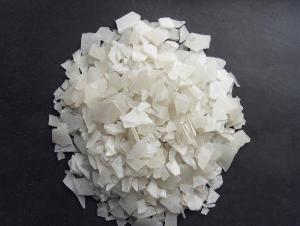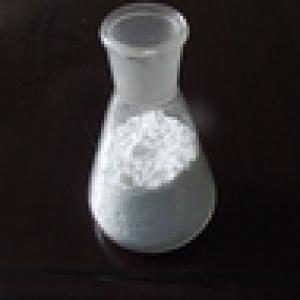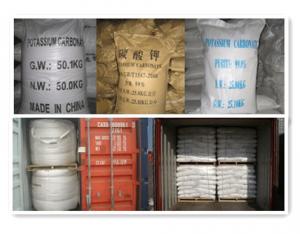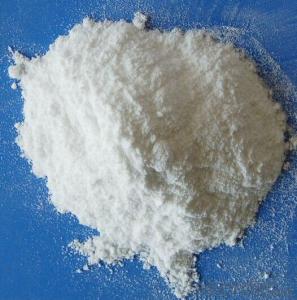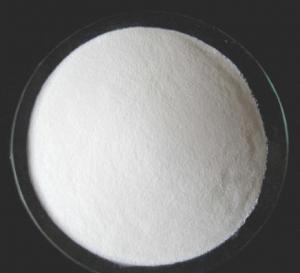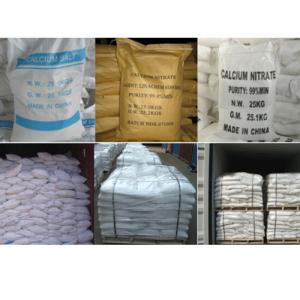Sodium hypochlorite(Cas no:7681-52-9)
- Loading Port:
- Shanghai
- Payment Terms:
- TT OR LC
- Min Order Qty:
- -
- Supply Capability:
- 10000MT m.t./month
OKorder Service Pledge
Quality Product, Order Online Tracking, Timely Delivery
OKorder Financial Service
Credit Rating, Credit Services, Credit Purchasing
You Might Also Like
Sodium Hypochlorite | ||||||||||||||||||||||||||||||||||||||||||||||||||||||||||
| ||||||||||||||||||||||||||||||||||||||||||||||||||||||||||
[Use]:Widely used in paper, fabric bleach, water purification and synthesis of organic chloride agent, pharmaceuticals, pesticides, dyes and so on.
[Packing]:Plastic barrel or user-owned tanker
- Q: What to eat can promote the absorption of inorganic salts
- The inorganic salt is required to enter the carrier in the cell membrane that requires the cell membrane
- Q: Organic chemistry extraction lab. If the KBr wasn't there I would just add HCl to protonate the NH2, but I'm not sure if that will affect the KBr or the carbon chain. Both of these are in an aqueous phase.
- The amine will certainly coordinate to K+, but the interaction is not very strong and hydrogen bonding from water will compete efficiently. Also, if your amine is soluble in water, you are not going to be able to isolate it by turning it into the corresponding ammonium salt.
- Q: What are the physiological functions of inorganic salts
- An important component of cells and organisms
- Q: Definition of inorganic salts
- There are about 21 kinds of elements which have important physiological functions in the body. Among them, calcium, magnesium, potassium, sodium, phosphorus, sulfur and chlorine are more and more, and the amount of inorganic compounds is more Iron, copper, iodine, zinc, manganese, selenium, fluorine, chromium, nickel, molybdenum, silicon, tin, vanadium and cobalt content is extremely small, called trace elements .2, inorganic compounds in the general name of the salt. Formerly known as "minerals." Some elements of inorganic salts for the human essential nutrients, including potassium, sodium, calcium, phosphorus, iron, iodine and other 20 kinds of elements. With the maintenance of cells and liquid normal osmotic pressure, maintenance of neuromuscular excitement As a variety of acid system activator; constitute the ester of the base; hormones, vitamins, nucleic acid composition and regulate the body's acid and alkali balance and other important physiological functions. Increased or lack of disease, such as hyperkalemia, The explanation of the "inorganic salts" in the academic literature
- Q: General identification method of inorganic salts
- Take the test solution, add thiocyanate solution solution, that is blood red. Fe3 + + NH4SCN → Fe (SCN) 2 + (blood red) Take the test solution, plus potassium ferrocyanide test solution, that is, white precipitate, separation, precipitation in dilute hydrochloric acid insoluble. 3Zn2 ++ 2K4 [Fe (CN) 6] → K2Zn [Fe (CN) 6] 2 ↓ (white) + 6K +
- Q: What are organic and inorganic salts?
- Salt is a mineral from the Earth. Salts similar to iodized are extra munufactured and aren't fully typical. However salts like sea salt have the leat amount of processing. Some say that sea salt is healthier since it's he most traditional state of salt that you could get in mass production. I wolud must agree with them.
- Q: What is the relationship of electronegativity and the solubility of a inorganic salts?Does the solubility increase when electronegativity decreases or vice-versa? or neither...
- The higher the electronegativity, the stronger the acid would be... Therefore it would be more soluble. take NaCl (common table salt) as an example. The difference between Na's electronegativity and Cl's electronegativity is very high so NaCl is a very soluble salt. The only exception is HF - it is a weak acid - it dissociates very weakly because O-H bonds cannot break H-F bonds which are very strong.
- Q: Inorganic salts are not nutritious
- Nutritional substances are sugar protein fat three nutrients
- Q: Calcium is not an inorganic salt
- Calcium salt is determined whether it is inorganic salt depends on its acid, if it is organic acid synthesis of calcium salt is organic salt, if it is inorganic acid synthesis of calcium salt is inorganic salt. The main basis for determining the inorganic salts is whether or not organic reactants are involved in the formation process.
- Q: Does the apple contain inorganic salts and vitamins?
- Yes, the fruit is rich in these two nutrients, especially apples
Send your message to us
Sodium hypochlorite(Cas no:7681-52-9)
- Loading Port:
- Shanghai
- Payment Terms:
- TT OR LC
- Min Order Qty:
- -
- Supply Capability:
- 10000MT m.t./month
OKorder Service Pledge
Quality Product, Order Online Tracking, Timely Delivery
OKorder Financial Service
Credit Rating, Credit Services, Credit Purchasing
Similar products
Hot products
Hot Searches
Related keywords
